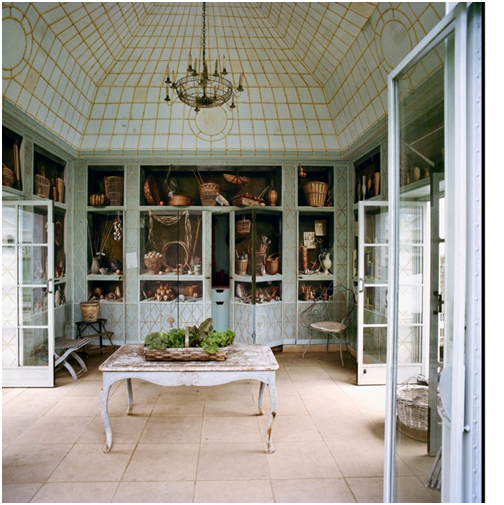
Charles Goulding and Andressa Bonafe dive into the fabulous world of the “She Shed,” made all the more personal with 3D printing.
In a recent WSJ article, designer Katie Ridder presented the charming and personal details of Bunny Mellon’s grand potting room. The perfect balance of elements creates a warm and happy environment, where the grandeur of a 13-foot ceiling meets the modesty of a stone floor. Wire and wood furniture along with a variety of garden-related components bring inspiration and entice dreams of tranquility and solitude that can only be found in a place of one’s own.
Surely, some of the highlights of Mellon’s décor are beyond the reach of most of us – the potting room features Fernand Renard’s wall paintings and a fish-trap basket bestowed by Jacqueline Kennedy. However, thanks to 3D printing, designing and building the perfect “She Shed” may be easier than you think. Here are a few ideas:
Lighting: 3D printing has played an important role in bringing innovative lighting design to life. The combination of additive manufacturing and more efficient, smaller LED lighting has enabled unprecedented design freedom, which is seen in unique and innovative products.
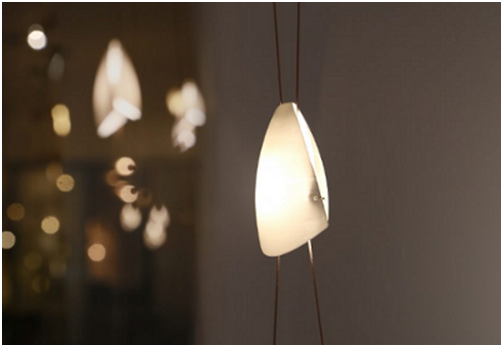
Furniture: By eliminating the cost of brick-and-mortar retail stores, a growing number of online furniture stores add value by utilizing 3D printing in creating their pieces. This adds to the lightweight-feel, efficiency, customizability, and durability of the products they offer.
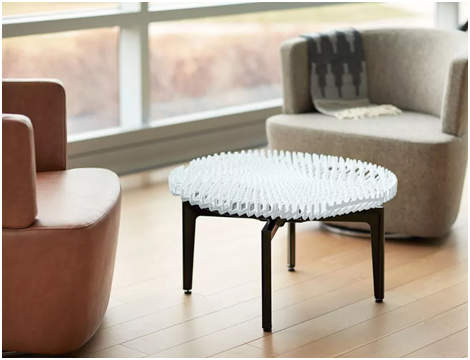
Vases: Thanks to additive manufacturing, designers can now successfully create durable vases with unique and complex designs that otherwise would be impossible to make using traditional materials and techniques. These designs can also be repeated endlessly and more efficiently when compared to other methods. Additionally, 3D printing provides an easy way to test the feasibility of a design and make improvements where necessary.

Artisanal Pieces: The current artisan class not only works with their hands but uses today’s design software, machine tools, and 3D printing to fabricate a product. Through additive manufacturing techniques, custom and unique pieces challenge traditional aesthetics, opening the way for the imagination.
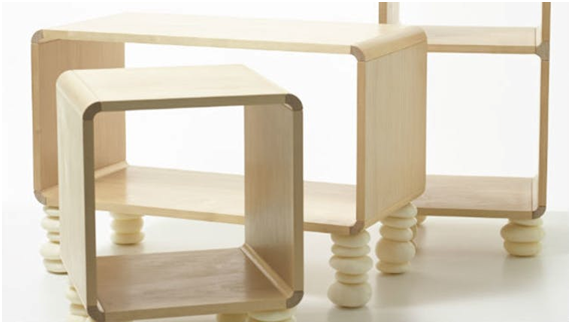
Gardening Elements: In addition to their unusual look, 3D printed plant pots can integrate technology that ensures a perennial green touch to any environment. Some 3D printed designs are available for automatic “smart” plant pots as well. These 3D printed pots look simple on the outside but they have components controlled by an Arduino Nano and these pots are equipped with a built-in reservoir to store water. Also included is a soil moisture sensor with an integrated pump to automatically water the plant.
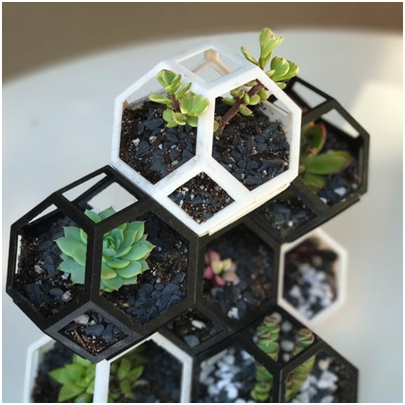
The Research and Development Tax Credit
Companies working in innovative products related to any of the categories above should take advantage of Research and Development (R&D) tax credits. Enacted in 1981, the now permanent Federal R&D Tax Credit allows a credit that typically ranges from 4%-7% of eligible spending for new and improved products and processes. Qualified research must meet the following four criteria:
- Must be technological in nature
- Must be a component of the taxpayer’s business
- Must represent R&D in the experimental sense and generally includes all such costs related to the development or improvement of a product or process
- Must eliminate uncertainty through a process of experimentation that considers one or more alternatives
Eligible costs include US employee wages, cost of supplies consumed in the R&D process, cost of pre-production testing, US contract research expenses, and certain costs associated with developing a patent.
On December 18, 2015, President Obama signed the PATH Act, making the R&D Tax Credit permanent. Beginning in 2016, the R&D credit can be used to offset Alternative Minimum tax for companies with revenue below $50MM and, startup businesses can obtain up to $250,000 per year in payroll tax cash rebates.
Conclusion
Current events have underscored the importance of spaces that bring us comfort and joy. One could argue that these are perfect times to start a “She Shed” project. Additive manufacturing can help this dream come true, with lighting, furniture, and unique pieces that combine ground-breaking design and innovation.
